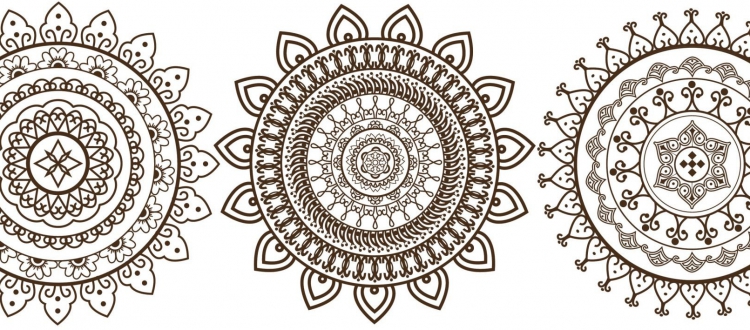The enigmatic blend of rationality and devotion in Buddhism
At first, Buddhism appears to be an enigma. On the one hand, it is highly logical and rational, without any dogmatic beliefs.
On the other hand, when we come into contact with its teachings, we find that it includes religious ideals, doctrines beyond our understanding, and a program of training that emphasizes faith and discourages doubt.
Empirical approach vs spiritual viewpoint
When we attempt to understand our own bond with the Dhamma, we eventually face .























